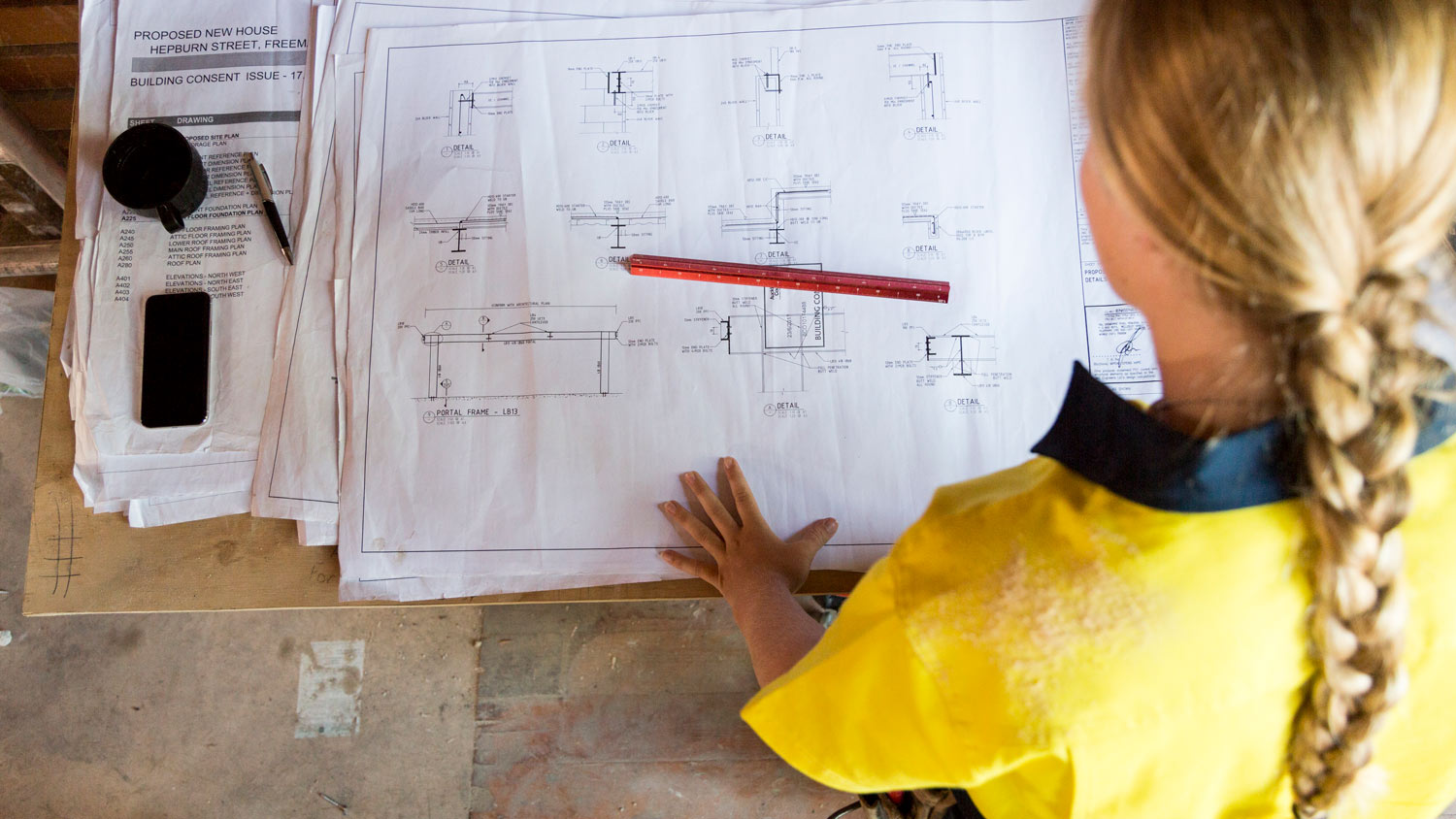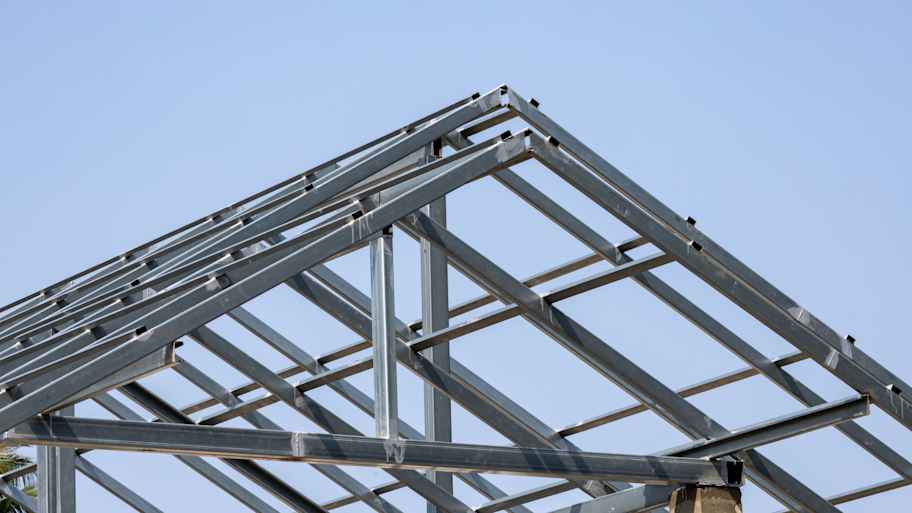
Get matched with top structural engineers in Watson, LA
Enter your zip and get matched with up to 5 pros
Need a pro for your structural engineering project in Watson, LA?
Verified Reviews for Structural Engineering pros in Watson, LA
*The Angi rating for Structural Engineering companies in Watson, LA is a rating based on verified reviews from our community of homeowners who have used these pros to meet their Structural Engineering needs.
*The HomeAdvisor rating for Structural Engineering companies in Watson, LA is a rating based on verified reviews from our community of homeowners who have used these pros to meet their Structural Engineering needs.
Last update on December 25, 2025
Find Structural engineers in Watson
Southeast Engineers LLC
Southeast Engineers LLC
LIC: #23264, #17268, #10024.
"I was very disappointed. Their report was through, detailed and useless. It said the house had experienced normal and natural movement, and recommended putting in very expensive foundation pilings. This is certain to make it more difficult to sell, and they refused to add any mitigating discussion of whether such movement is common or the likely outcomes of actions taken or not taken. They took over 100 photographs of every flaw, problem and imperfection so nobody can ever claim they weren't thorough but they offered no engineering judgement or opinion at all. I got little more from them than I could have gotten for free from a piling salesman. It appeared they were not concerned at all about my needs as a customer, but only about covering themselves should any legal issues ever arise. The other part of this report had to to with roof construction. It stated that roof movement had occurred that was not normal, pointed out inadequacies in the framing, and recommended strengthening the construction. They still offered no engineering judgement, but this problem was at least more clear cut."
Walter E on June 2018
LIC: #23264, #17268, #10024.
"I was very disappointed. Their report was through, detailed and useless. It said the house had experienced normal and natural movement, and recommended putting in very expensive foundation pilings. This is certain to make it more difficult to sell, and they refused to add any mitigating discussion of whether such movement is common or the likely outcomes of actions taken or not taken. They took over 100 photographs of every flaw, problem and imperfection so nobody can ever claim they weren't thorough but they offered no engineering judgement or opinion at all. I got little more from them than I could have gotten for free from a piling salesman. It appeared they were not concerned at all about my needs as a customer, but only about covering themselves should any legal issues ever arise. The other part of this report had to to with roof construction. It stated that roof movement had occurred that was not normal, pointed out inadequacies in the framing, and recommended strengthening the construction. They still offered no engineering judgement, but this problem was at least more clear cut."
Walter E on June 2018

Complete Construction Contractors LLC
Complete Construction Contractors LLC
We are a state licensed and fully insured general contracting construction company who prides themselves in quality construction & ethical values.
We are a state licensed and fully insured general contracting construction company who prides themselves in quality construction & ethical values.
The Watson, LA homeowners’ guide to structural engineering services
From average costs to expert advice, get all the answers you need to get your job done.

The cost of a structural engineer is easily justifiable given the value they bring to the table. Use this guide to see what hiring your professional will total in Portland, OR.

Need to open up your living space or make room for a home addition? Use this guide to estimate the cost to remove a wall in your home before you start.

The cost of a structural engineer is easily justifiable given the value they bring to the table. Use this guide to see what hiring your professional will total in Atlanta, GA.

Steel beams are critical framing components that support your house. Learn about steel beam sizes and how to determine what size steel beam you need.

The right ceiling joist spacing will help support your ceiling and prevent sagging, but there are a number of factors to consider. This guide can help.

Before you can start a major remodel, you need to know how to tell if a wall is load-bearing. Learn what a load-bearing wall is and how to identify one.
- Denham Springs, LA Structural engineers
- Pride, LA Structural engineers
- Greenwell Springs, LA Structural engineers
- Port Vincent, LA Structural engineers
- Walker, LA Structural engineers
- Merrydale, LA Structural engineers
- Baker, LA Structural engineers
- Zachary, LA Structural engineers
- Baton Rouge, LA Structural engineers
- Shenandoah, LA Structural engineers
- Livingston, LA Structural engineers
- Central, LA Structural engineers
- Holden, LA Structural engineers
- Gardere, LA Structural engineers
- Prairieville, LA Structural engineers
- French Settlement, LA Structural engineers
- Albany, LA Structural engineers
- Port Allen, LA Structural engineers
- Saint Gabriel, LA Structural engineers
- Brusly, LA Structural engineers
- Greensburg, LA Structural engineers
- Geismar, LA Structural engineers
- Gonzales, LA Structural engineers
- Saint Amant, LA Structural engineers
- Addis, LA Structural engineers
- Killian, LA Structural engineers
- Garbage Collection in Watson
- Plumbing in Watson
- Roofing in Watson
- Tree Service in Watson
- Fencing in Watson
- Electrical in Watson
- Lawn And Yard Work in Watson
- Kitchen And Bath Remodeling in Watson
- Swimming Pools in Watson
- Cleaning in Watson
- Concrete Repair in Watson
- Flooring in Watson
- Pressure Washing in Watson
- Landscaping in Watson
- Windows in Watson
- Garage Doors in Watson
- Insulation in Watson
- Exterior Painting in Watson
- Siding in Watson
- Mold Testing And Remediation in Watson
- Moving in Watson
- Handyman Service in Watson
- Pest Control in Watson
- Sunroom And Patio Remodeling in Watson
- Air Duct Cleaning in Watson
- Concrete Driveways in Watson
- Garbage Collection in Watson
- Excavating in Watson
- Epoxy Flooring in Watson
- Water And Smoke Damage in Watson
- 🌱 "Mow a small front yard"
- 🛠 "Fix a leaking pipe under the sink"
- 🏠 "Repair shingles on an asphalt roof"


